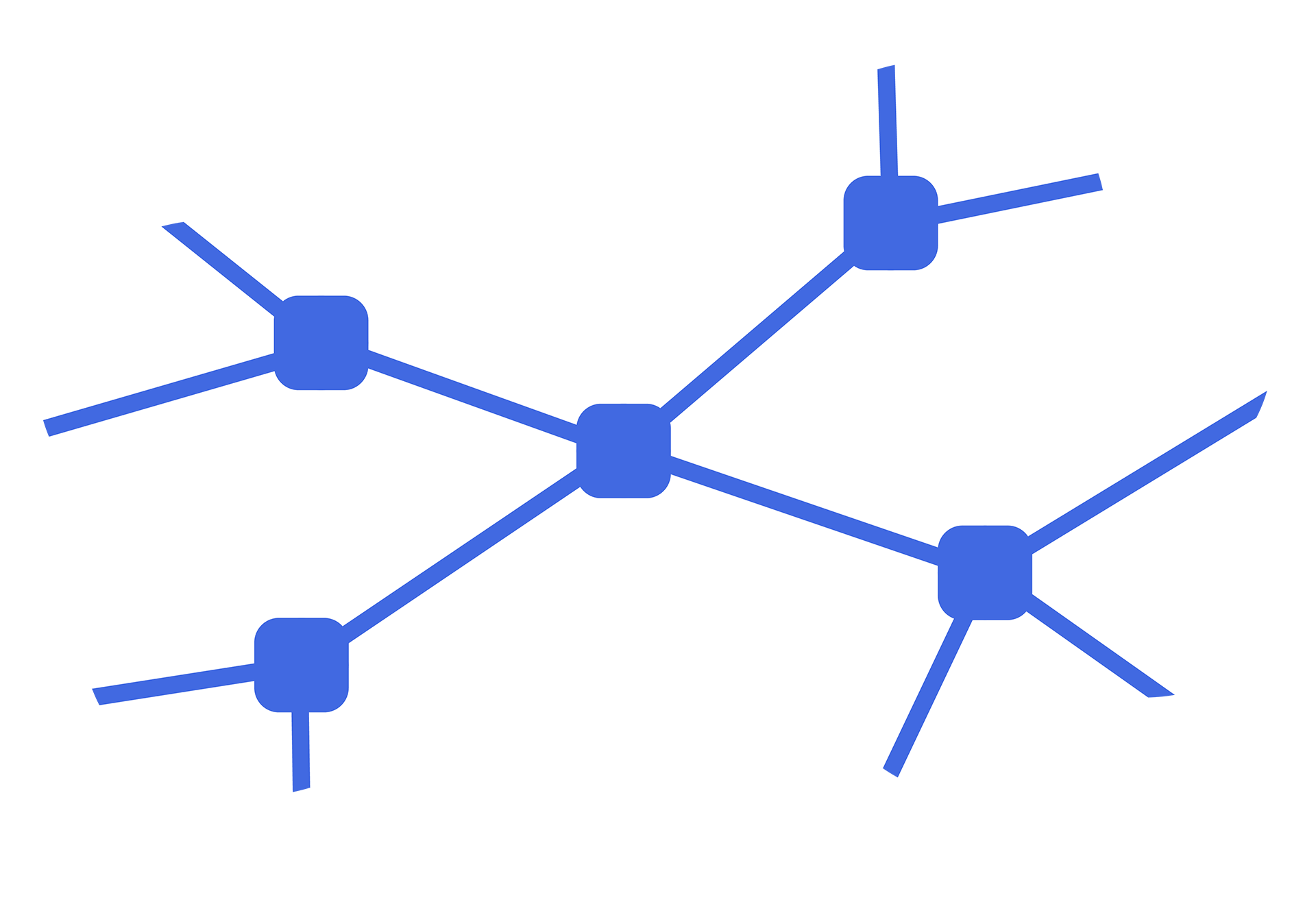XR attention metrics to fuel the Metaverse economy

The attention economy is a fiercely competitive place where consumer brands and media platforms fight for user attention. The digital marketing and advertising industry understands this more than most, as it transitions from impression–based performance measurement to attention metrics, so it’s essential for the Extended Reality industry to compete in the attention economy with XR attention metrics to monetise and grow the Metaverse.
Information rich world creates a scarcity of attention
The economist Herbert A. Simon first explored the concept of the attention economy back in 1971 and the value exchange between brands and user attention accelerated with Web2 as algorithms and AI-powered engines fought to grab people’s attention in order to drive advertising revenue on everything from YouTube to Instagram. Visual attention is big business but the perennial challenge is: you know how many people could have seen the brand message or AR/VR content but did they take any notice?
“In an information-rich world, the wealth of information means a dearth of something else: a scarcity of whatever it is that information consumes. What information consumes is rather obvious: it consumes the attention of its recipients. Hence a wealth of information creates a poverty of attention.” Herbert A. Simon.
How important are XR attention metrics to Metaverse growth?
Recent research with 65 companies actively creating XR experiences show that VR/AR attention metrics are the top priority for the industry. The attention economy for the Spatial Web transcends Marketing & Advertising into all sectors including Education & Training, Manufacturing & Automotive and Healthcare & Medical so it’s important now as well as the future growth of Web3 and the Metaverse.

Measuring user attention to training tasks (to validate learning), product prototypes (to test UX/UI) and medical procedures (to understand risk) are critical insights. Visual attention is a strong measure of cognitive processing and evidence of comprehension to specific elements within AR or VR content to optimise user experiences and measure business goals. As one person in the study put it: “You can get heatmaps for website use, but it would be helpful to have the same capability within an XR experience.”
How is the Extended Reality industry measuring attention?
Understanding human behaviour in AR, VR and the Metaverse is more complex with 3D experiences compared to 2D media. Eye-tracking is used by some companies in the XR industry to measure visual attention and it’s a successful technique across multiple sectors. The time spent viewing specific content, the order of elements viewed and the actions performed are invaluable data insights to accurately measure attention and attribute brand or business value.

The XR industry is however limited by eye-tracking integration in select HMDs. For example, HTC Vive Pro Eye needs specialist data analytics expertise, Microsoft HoloLens requires calibration for each individual user and Meta Quest Pro’s new SDK doesn’t readily produce attention metrics. To compete in the attention economy, the XR industry needs scalable solutions now as there are 1+ billion AR-enabled smartphones in the world versus 70+ million HMDs. A big shout out the AR community 🙂
Which standardised XR attention metrics are scalable?
CORTEXR has been developing and testing XR attention metrics for the past 5 years to create an agnostic and scalable solution to eye-tracking metrics. Head and hand tracking in HMDs and smartphones in 3D space with 6DOF movements produces a wealth of data which cognitive science and our intelligence engine translates into meaningful XR attention metrics… and it works!

The lovely people at Mondelēz International (an early beta tester of our technology) verified our attention metrics as similar to dedicated eye-tracking equipment. Head, hand and body movements in 3D space – measuring the device position and pathway relative to the content – produces rich spatial data to deliver results which accurately tell you what users were looking at. The low-hanging fruit is mobile AR, which engages millions of people every day, so there’s a ripe opportunity to monetise attention.
Attention Areas show the percentage and amount of user time spent viewing specific areas.
Attention Priority shows the order of user attention based on the sequence and priority of areas viewed.
Why use attention metrics on AR, VR and Metaverse projects?
Attention is an established currency with proven value in optimising UX and demonstrating business results for Web2. Dentsu’s Attention Economy Research found that optimising for attention generates 3.7 years of greater attention in one month than it did when optimised for reach and frequency. Attention metrics are a big opportunity for Web3 and the Metaverse as the greater level of immersion in XR experiences (compared to 2D media) creates massive databases on attention measurement to demonstrate business value.
Measure attention to marketing and advertising content to attribute brand value, analyse attention to education and training modules to assess learning comprehension, pinpoint the objects and elements in any XR scene which get the most attention… deep data insights are at your fingertips regardless of your level of expertise in data analytics. Our enterprise-grade data analytics platform delivers reliable, real-time insights in prebuilt dashboards with amazing data visualisations.
